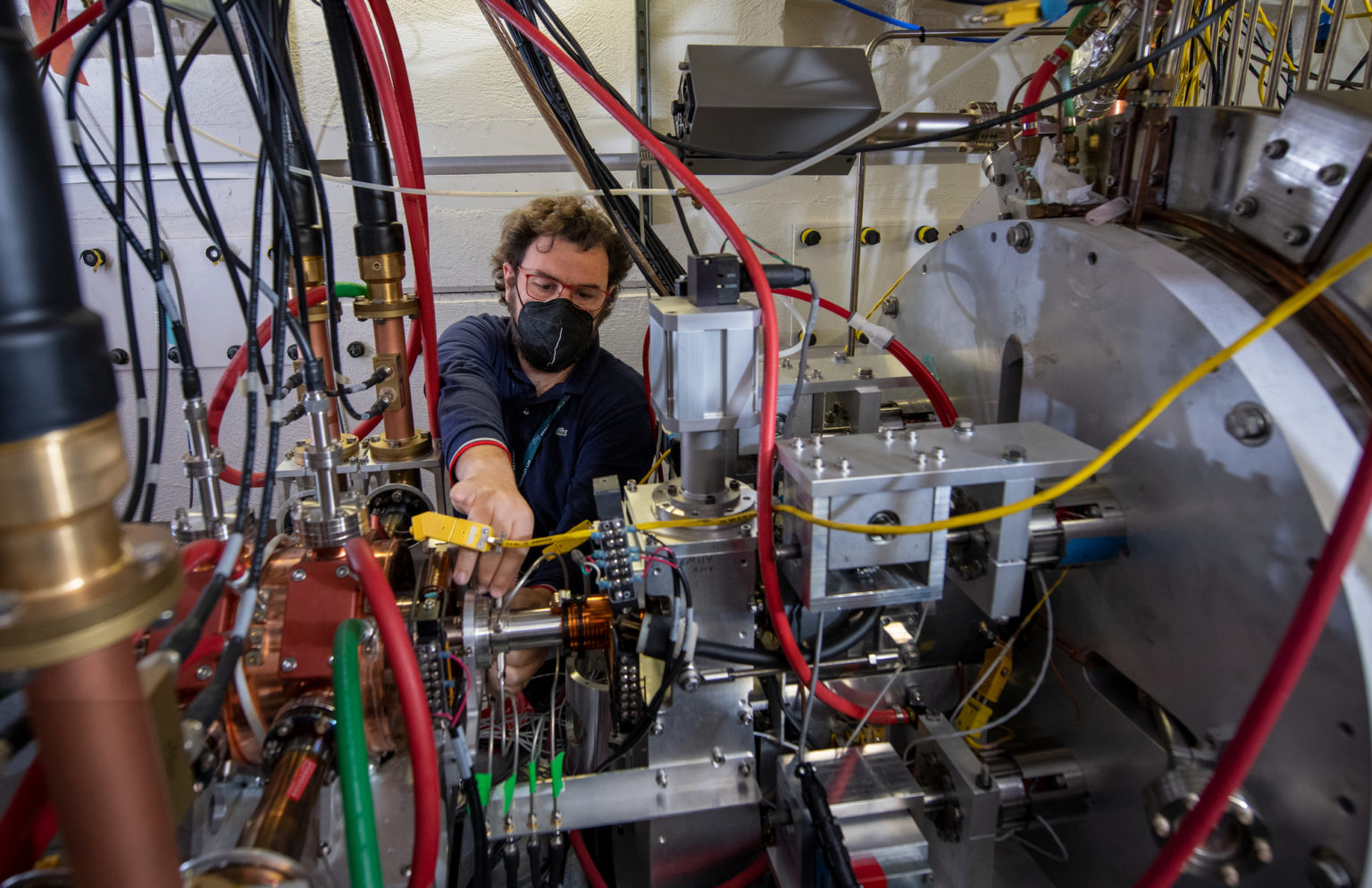Titanium Could be Used to Create Element 120

Unbinilium, or eka-radium, is a hypothetical chemical element that would take its place on the s-block on the periodic table. Element 120 is of particular interest to scientists because it might be stable, as opposed to every other heavy element synthesized in a lab. If synthesized, element 120 would be the 36th heavy element that is not found in nature. Element 119, called ununennium, is also not synthesized, but it’s expected to have a short life.
With that said, scientists at the Lawrence Berkeley National Laboratory successfully synthesized element 116, or livermorium, using a titanium beam, which could also be used to make unbinilium. All artificially synthesized elements are made by smashing two naturally occurring elements that have a nucleus of unequal size, creating a new heavier atom. For instance, element 117, or tennessine, was created by bombarding berkelium-249 with calcium-48. Calcium is most often used to create heavy elements in nuclear reactions because it can effectively combine with other nuclei.
However, the use of titanium is a novel way of making heavy elements. The strong and light metal has two more protons than calcium (22), and its rare titanium-50 isotope has a balanced proton-to-neutron ratio. For the experiment, the scientists at Berkeley Lab vaporized the titanium-50 using specialized ovens that reached 3,000 °F (1,649 °C). Then, they charged the vaporized titanium using ions, turning it into plasma, which was then targeted at plutonium to produce two atoms of element 116, or livermorium.
To produce element 120, the scientists propose using titanium-50 as a beam and californium as a target. However, they predict that synthesizing even a single atom of unbinilium would take ten times longer than synthesizing livermorium, whose two atoms were synthesized after two days of beaming. Still, it could be worth it, as element 120 is expected to have a much longer half-life than all other heavy elements, some predicting it would last for days. As such, it could be the first heavy element that’s a candidate for practical use.

 Tech Steel & Materials
Tech Steel & Materials
Comments are closed